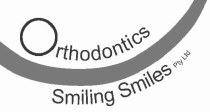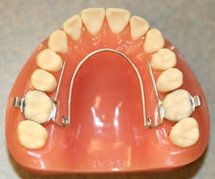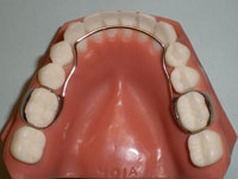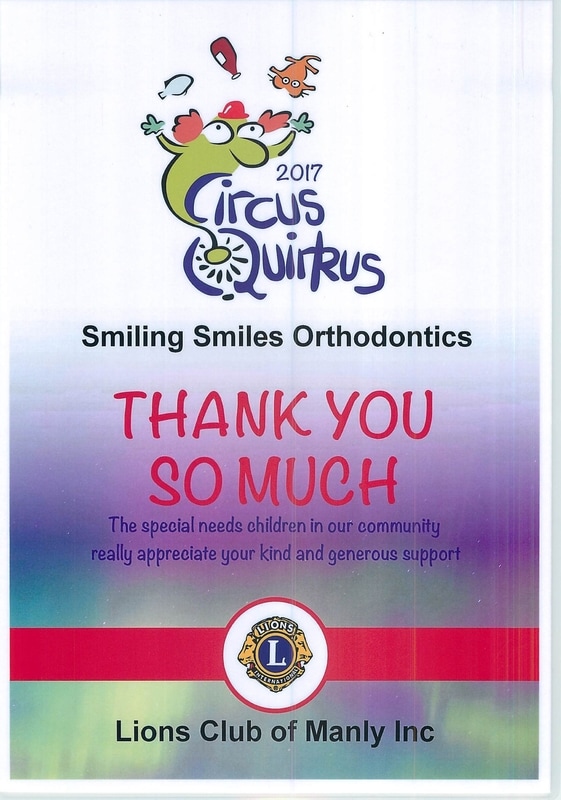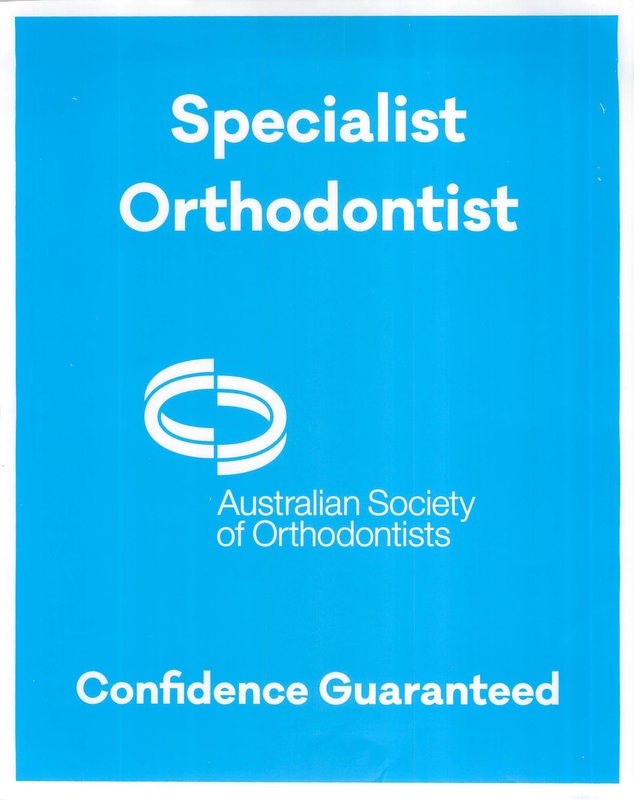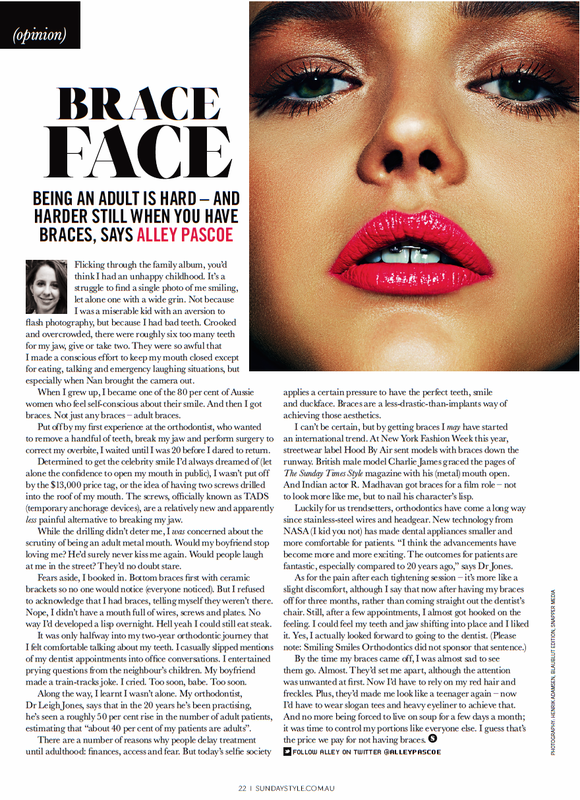Life is already busy enough for families, right, without having to think about early orthodontic care? Why not wait until all the adult teeth are in and then just do braces?
Firstly, it is important to understand the different types of problems that a child might have. This can help to decide when a good time to start treatment is.
There are basically 3 types of malocclusion:
Class I with crowding (normal bite, but with lack of space for the teeth
Class II – this can be with or without crowding, but with a lack of lower jaw with overbite or protrusive teeth
Class III – often referred to as an underbite and seen where the lower jaw is ahead of the upper
So when is early intervention required?
Class I with crowding - generally two phase treatment is recommended. Phase I is expansion in the upper arch and/or holding appliances in the lower arch to allow a second phase of braces without the need to extract adult teeth. Non-extraction treatment with braces will result in a more aesthetic treatment outcome (wider smile and fuller lips).
Class II – research shows there is little benefit to early orthodontics and instead it is better to wait until adolescence when braces and other appliances can address the bite discrepancy and crowding.
Class III – most Class III malocclusions benefit from early orthodontic care from as early as six or seven years. This gives the best opportunity to encourage upper jaw growth over a greater number of years.
Crossbite - this occurs when some upper back teeth do not fit over the lowers. Expansion is required at an early age (8-10 years) before the bones in the palate solidify.
If you take your child to your general dentist regularly for checks and cleans he or she can generally advise when an orthodontic assessment is warranted. However, many dentists are not educated in modern orthodontics and still think a child needs to wait for all the adult teeth before seeking orthodontic treatment.
Often we see patients at the age of 12 when it is too late to undertake early care and treatment is then limited to tooth alignment, or worse having to consider surgical procedures. There is no referral necessary for an orthodontic evaluation so feel free to make an appointment if you are unsure. No treatment may be necessary for a year or two, but at least there is an opportunity to take baseline photos and X-rays and keep an eye on how things progress.
Phase I treatment is very simple, mostly small fixed wires (no more turning with a key) in the upper or lower arches that cannot be seen, do not affect speech and most importantly are working full time without the need for patient cooperation. Another benefit is they cannot be lost!
It must be remembered that Phase I treatment does not mean that braces will not be needed as a second phase, but the braces phase may be shorter, will not require extractions of adult teeth, and the treatment outcome will be far greater with much more ideal facial aesthetics as well as straight teeth!
Firstly, it is important to understand the different types of problems that a child might have. This can help to decide when a good time to start treatment is.
There are basically 3 types of malocclusion:
Class I with crowding (normal bite, but with lack of space for the teeth
Class II – this can be with or without crowding, but with a lack of lower jaw with overbite or protrusive teeth
Class III – often referred to as an underbite and seen where the lower jaw is ahead of the upper
So when is early intervention required?
Class I with crowding - generally two phase treatment is recommended. Phase I is expansion in the upper arch and/or holding appliances in the lower arch to allow a second phase of braces without the need to extract adult teeth. Non-extraction treatment with braces will result in a more aesthetic treatment outcome (wider smile and fuller lips).
Class II – research shows there is little benefit to early orthodontics and instead it is better to wait until adolescence when braces and other appliances can address the bite discrepancy and crowding.
Class III – most Class III malocclusions benefit from early orthodontic care from as early as six or seven years. This gives the best opportunity to encourage upper jaw growth over a greater number of years.
Crossbite - this occurs when some upper back teeth do not fit over the lowers. Expansion is required at an early age (8-10 years) before the bones in the palate solidify.
If you take your child to your general dentist regularly for checks and cleans he or she can generally advise when an orthodontic assessment is warranted. However, many dentists are not educated in modern orthodontics and still think a child needs to wait for all the adult teeth before seeking orthodontic treatment.
Often we see patients at the age of 12 when it is too late to undertake early care and treatment is then limited to tooth alignment, or worse having to consider surgical procedures. There is no referral necessary for an orthodontic evaluation so feel free to make an appointment if you are unsure. No treatment may be necessary for a year or two, but at least there is an opportunity to take baseline photos and X-rays and keep an eye on how things progress.
Phase I treatment is very simple, mostly small fixed wires (no more turning with a key) in the upper or lower arches that cannot be seen, do not affect speech and most importantly are working full time without the need for patient cooperation. Another benefit is they cannot be lost!
It must be remembered that Phase I treatment does not mean that braces will not be needed as a second phase, but the braces phase may be shorter, will not require extractions of adult teeth, and the treatment outcome will be far greater with much more ideal facial aesthetics as well as straight teeth!
